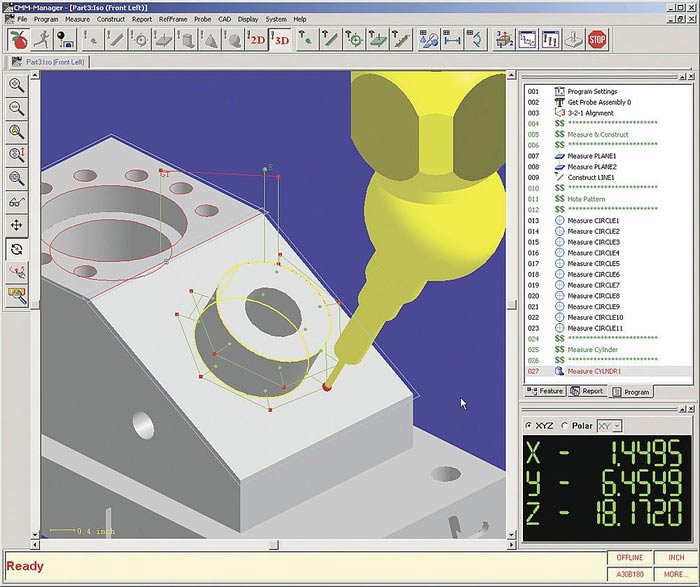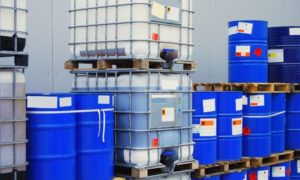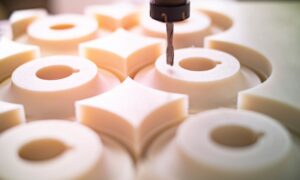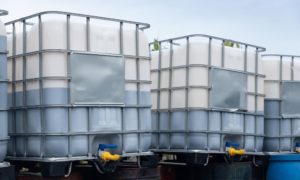Let’s face it: When you hear the word “welding,” it’s rare for the word “plastics” to immediately come to mind with it – unless you’re working in the plastics industry. Like the welding process involved in metal fabrication, plastics fabrication involves welding methods and skills, too. But, you’re working with plastic parts and pieces, instead of metals, and the plastic welding process uses hot gases instead of an electrical arc to join together and heat seal the pieces of plastic.
Industries of all types rely on products made or enhanced with plastics welding processes. The types of products manufactured and welded range from small precision parts to large plastic tanks measuring up to 50 feet long. Plastic components, exhaust hood ducting, plastic filter bodies, chemical feed units, plastic tanks and plastics vessels of varying sizes are all fabricated and heat-sealed through plastics welding.
Most of the plastic tanks welded at Miller Plastics are used in industry for the handling, storage and processing of very harsh acids and chemicals, the kinds of chemicals that interact with and eventually “eat through” metal tanks. The plastic tanks we manufacture can last up to 15-20 years working with these same harsh acids and chemicals.
Types of materials commonly used in plastics fabrication and the plastics welding process include:
- CPVC (chlorinated polyvinyl chloride)
- HDPE (high-density polyethylene)
- Kynar® (PVDF)
- Lexan® (polycarbonate)
- PVC (polyvinyl chloride)
- Polypropylene, and other plastics.
In addition to durability and versatility, other benefits of using plastics instead of metals include:
- Ease of transport and manipulation because of plastic’s light-weight features.
- Resistance to corrosion, with no interaction with acids and harsh chemicals.
- Affordability – plastics are low-cost compared to steel and other metals.
Additionally, fabricated plastic tanks have a consistent wall thickness (which roto-molded tanks do not have), and plastic tanks can be welded and built for minimal bowing. Welds are smooth and burr-free to minimize sediment buildup and to allow for easy cleaning. From plastic tanks to plastic replacement parts, plastics welding creates a lasting bond – and a variety of products that can last a lifetime.




